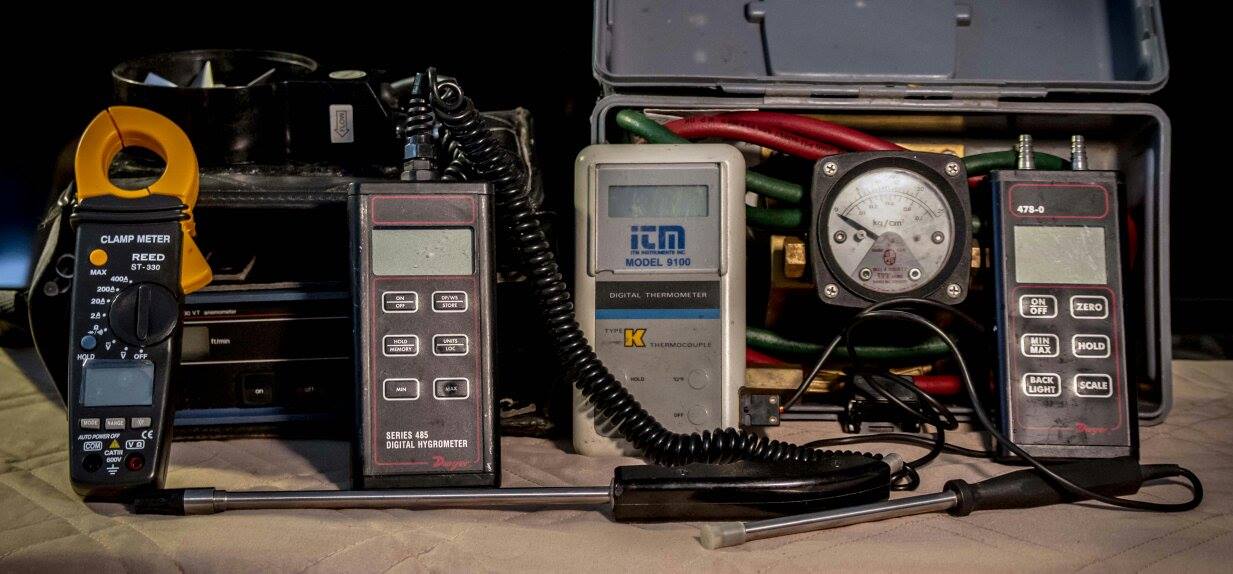Oral presentation of Indoor Plumbing. Click here.
Indoor Plumbing

Indoor plumbing speaks to what is indoor plumbing and how does indoor plumbing work for buildings and facilities.
Plumbing for buildings information will explain how these varied and interacting systems function. A building could not function without proper plumbing systems.
In addition to lengths of pipe or tubing, pipe fittings are used in plumbing systems, such as valves, elbows, tees, and unions. Pipe and fittings are held in place with pipe hangers and strapping.
Plumbing fixtures are exchangeable devices using water that can be connected to a building's plumbing system. They are considered to be "fixtures", in that they are semi-permanent parts of buildings, not usually owned or maintained separately.
Plumbing fixtures are seen by and designed for the end-users. Some examples of fixtures include water closets (also known as toilets), urinals, bidets, showers, bathtubs, utility and kitchen sinks, drinking fountains, ice makers, humidifiers, air washers, fountains, and eye wash stations.
Indoor Plumbing System
Plumbing is the system of pipes, drains fittings, valves, valve assemblies, and devices installed in a building for the distribution of water for drinking, heating and washing, and the removal of waterborne wastes, and the skilled trade of working with pipes, tubing and plumbing fixtures in such systems.
A plumber is someone who installs or repairs piping systems, plumbing fixtures and equipment such as water heaters. The plumbing industry is a basic and substantial part of every developed economy due to the need for clean water, and proper collection and transport of wastes. The word "plumbing" comes from the Latin plumbum for lead, as pipes were once made from lead.
Plumbing is usually distinguished from water supply and sanitary sewage systems, in that a plumbing system serves one building, while water and sewage systems serve a group of buildings.
All plumbing installations must be done according to local building code regulations. These regulations are strictly enforced with each jurisdiction having their own inspectors.
This information is presented to allow the ordinary person a rudimentary understanding of these plumbing mechanical systems. It is not intended that this information will provide any hands on instruction on how to do plumbing. That type of detailed information is readily available elsewhere online.
The building plumbing system will consist of:
Domestic Water
Booster pumps.
Pressure reducing station.
Non freeze hose bibbs.
Domestic Hot Water
Boilers.
Heaters.
Storage tanks.
Circulating pumps.
Temperature mixing valves.
Pressure supply valve.
Building Drains
Sanitary system
Storm system
Sumps
Gas service
Gas valve (seismic )
Flowmeter.
Return from Indoor Plumbing to HomepageHard copy and E book for sale. Introduction to Building Mechanical Systems. Click here.


